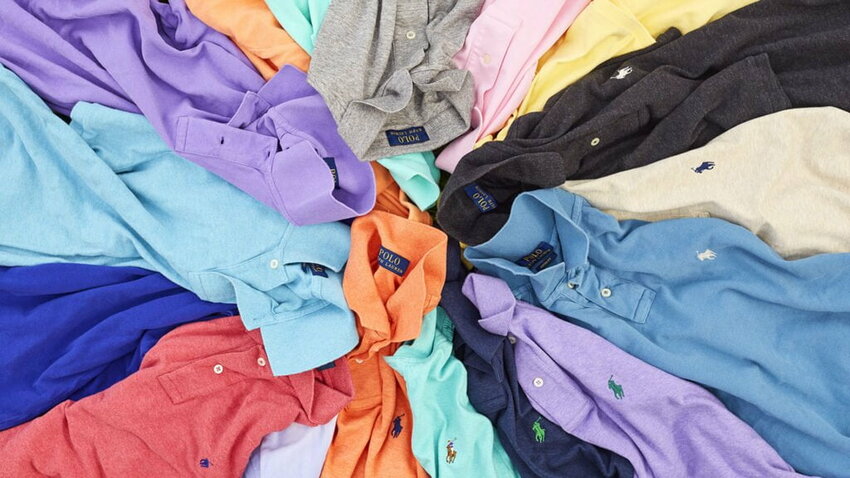
A new manual on how to dye cotton more sustainably could encourage the textile industry to adopt a more standardized and efficient approach to production.
Ralph Lauren and Dow are open sourcing the dyeing system information. The companies co-developed the manual that details how to use ECOFAST Pure Sustainable Textile Treatment and reduce waste while color dyeing cotton.
The companies say conventional fabric dyeing processes requires trillions of liters of water per year and generates up to 20% of the world’s wastewater. They say pretreating fabric with ECOFAST, which was developed by Dow and can be used with existing dyeing equipment, reduces the amount of water, chemicals and energy needed to color cotton.
They say the new process uses 90% fewer chemicals, 40% less energy and half the water of traditional dyeing processes.
Water waste and pollution are concerns in the industry.
Last year CDP reported that water pollution was a huge risk in the fashion industry. The report showed that making improvements in the area could create business opportunities of $180 million. The industry has also been slow to make and reach climate goals, according to another report.
Dow says the manual is an opportunity for the industry to build in sustainability into production and the supply chain as it makes improvements toward sustainable practices and following disruptions from the pandemic.
The manual also meets the ZDHC roadmap to zero and its manufacturing restricted substance list. The ZDHC is an organization that aims to help supply chains reduce the amount of hazardous chemicals that are discharged in water waste.
Ralph Lauren is implementing the Dow treatment technology as part of its Color on Demand platform, which is a multi-phased system designed to eliminate wastewater in the dyeing process, the company says. The company began using the platform this year and hopes to use the platform to dye more than 80% of its solid cotton products by 2025.
Ralph Lauren also is among companies participating in the UN’s Charter for Climate Action as the industry attempts to improve on sustainability issues. The group aims to reach net zero emissions in the fashion and textile industries by 2050 and cut overall emissions by 30% by 2030.